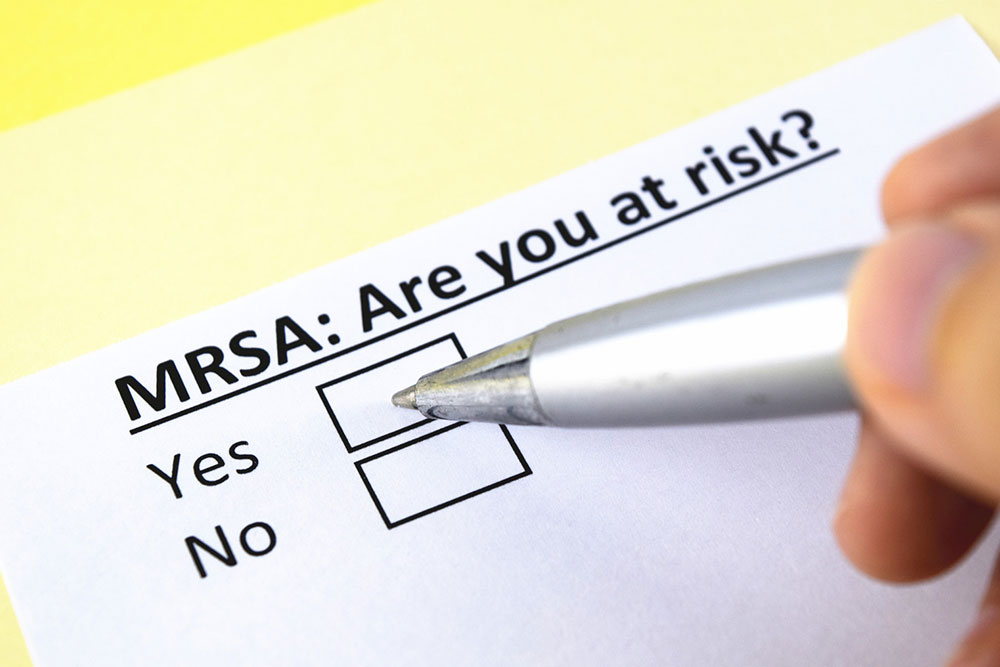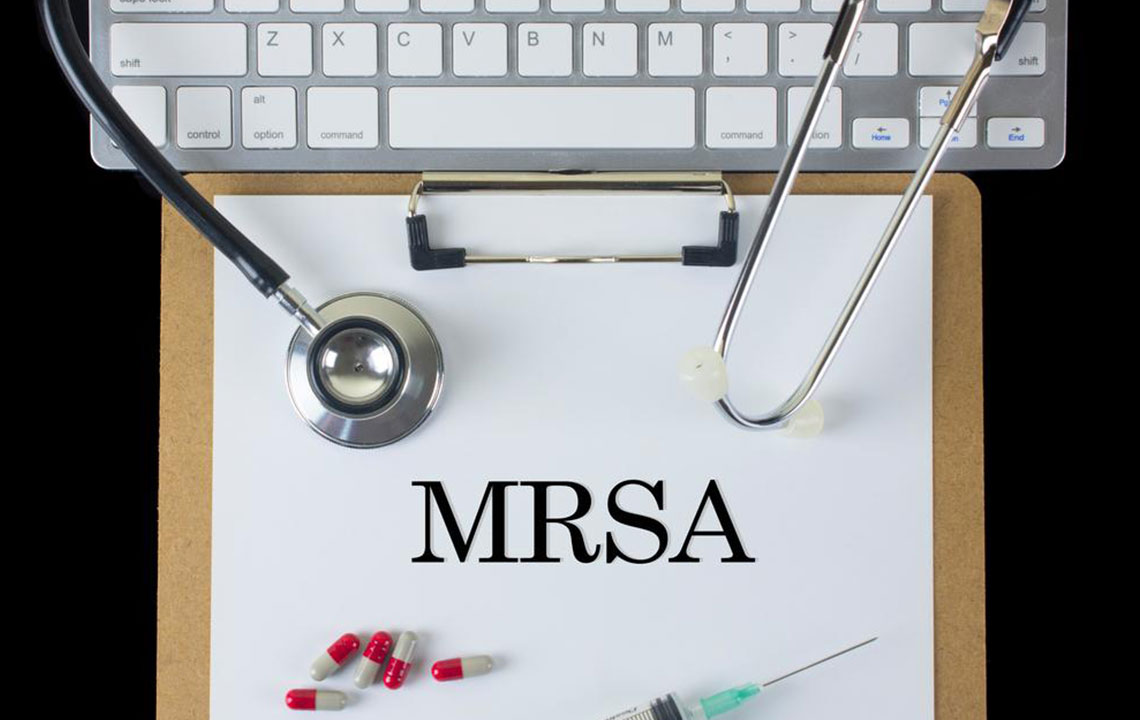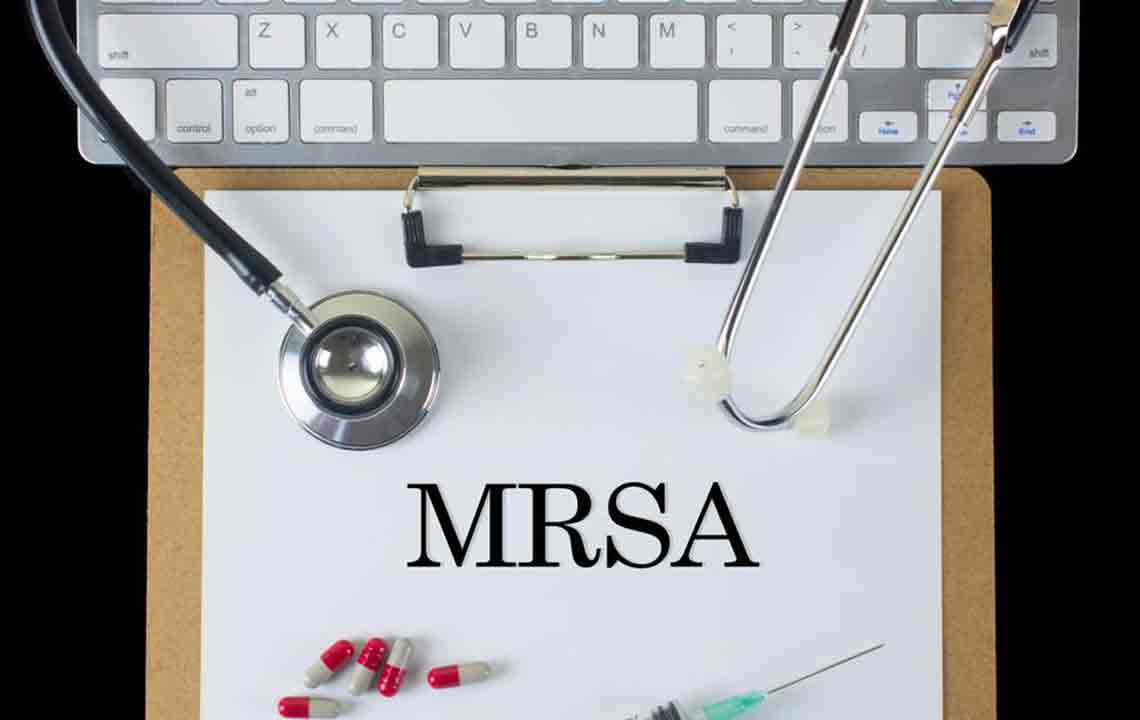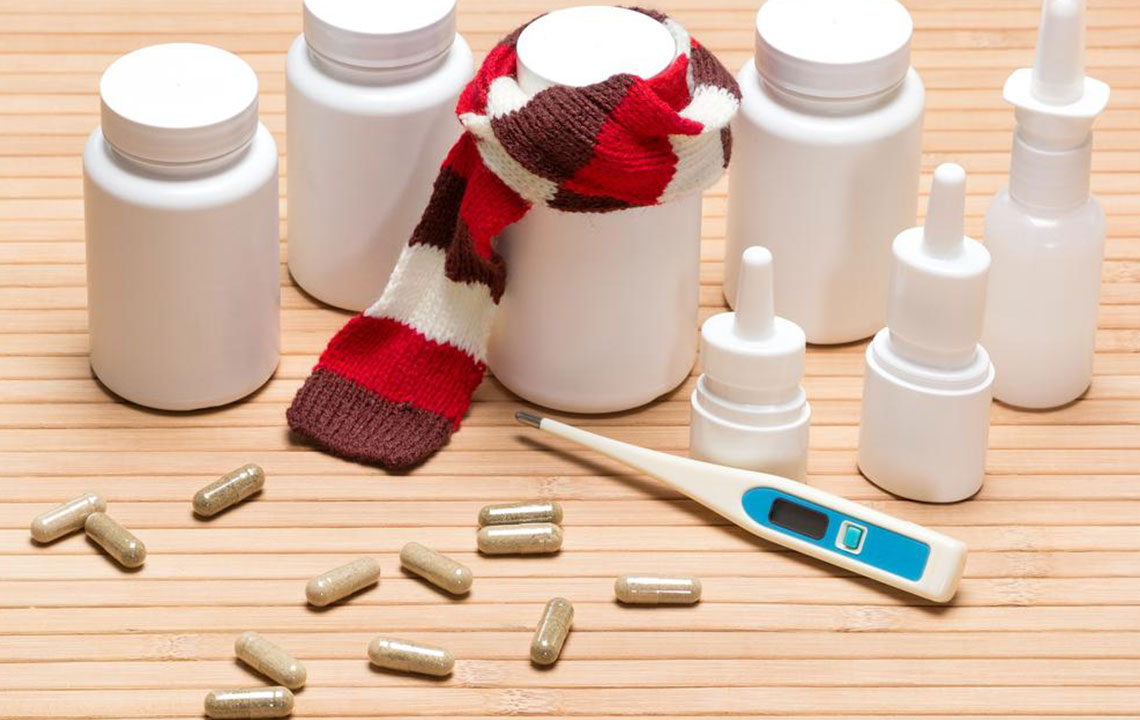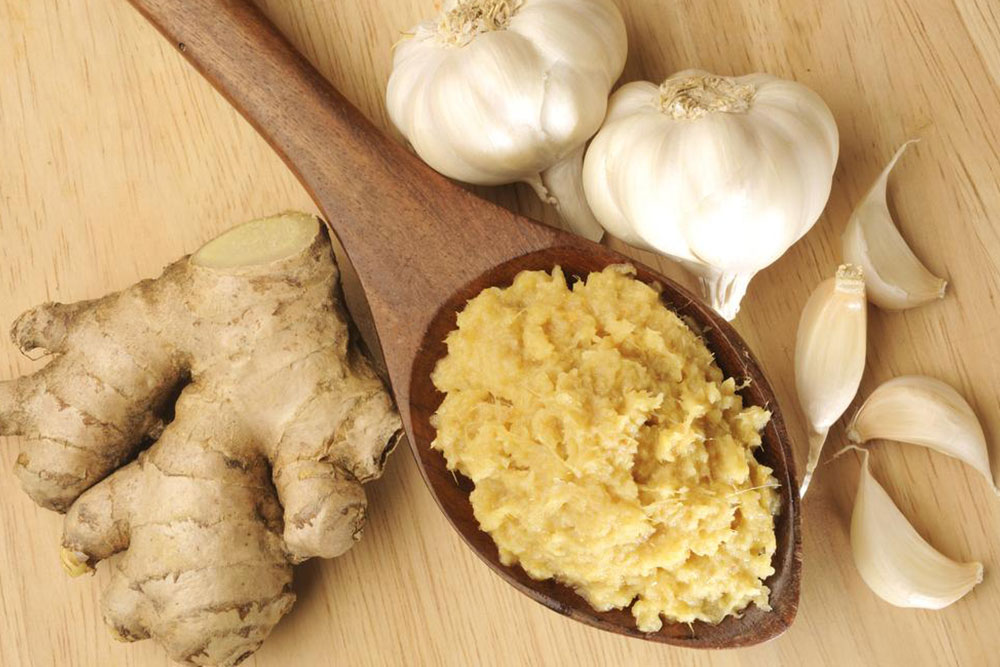Comprehensive Guide to MRSA: Causes, Symptoms, and Prevention Strategies
This comprehensive guide explores MRSA, a resistant bacterial infection that poses significant health challenges. Learn about its causes, symptoms, transmission risks, and effective prevention strategies to protect yourself and your loved ones. Early detection and proper hygiene are vital for managing MRSA infections, which can be life-threatening if left untreated. Stay informed and proactive to prevent the spread of this formidable bacteria.

Comprehensive Guide to MRSA: Causes, Symptoms, and Prevention Strategies
Even individuals who prioritize their health and follow good hygiene practices can sometimes face unexpected bacterial infections. The human immune system is typically robust and capable of fighting off many common pathogens, but in certain circumstances, bacteria can develop resistance to antibiotics that are normally effective. One of the most concerning examples of such resistant bacteria is MRSA, which stands for Methicillin-resistant Staphylococcus aureus. Understanding MRSA - its causes, manifestations, and how to prevent it - is essential for maintaining health and preventing severe infections.
Introduction to MRSA
MRSA is a strain of bacteria that has evolved to resist many antibiotics commonly used to treat ordinary staph infections. This resistance makes MRSA infections more difficult to treat and can lead to serious health complications if not recognized and managed promptly.
Methicillin-resistant Staphylococcus aureus is a type of bacteria that can infect various parts of the body, including the skin, lungs, bloodstream, and more. Its ability to withstand many antibiotic treatments makes it a formidable adversary in healthcare settings and in the community at large. Understanding its origins, early signs, and prevention methods is crucial for anyone aiming to reduce their risk of infection.
STAPH infections caused by Staphylococcus aureus bacteria were once easily treatable with antibiotics. However, over years of antibiotic overuse and misuse, MRSA strains have emerged, making these infections more challenging and sometimes life-threatening. This article will delve into the scientific aspects of MRSA, including its causes, symptoms to watch for, and effective prevention strategies to keep yourself and your loved ones safe.
What is MRSA? An In-Depth Explanation
MRSA stands for Methicillin-resistant Staphylococcus aureus. It is a particular strain of bacteria that has acquired resistance to methicillin and other related antibiotics such as amoxicillin, penicillin, and oxacillin. This resistance complicates treatment because standard antibiotics are no longer effective against this bacteria, requiring alternative approaches for eradication.
Originally, Staphylococcus aureus was a common pathogen responsible for skin infections, surgical site infections, and pneumonia. But due to widespread antibiotic use, especially in hospitals and community settings, resistant strains like MRSA have become increasingly prevalent, leading to persistent infections, longer hospital stays, and higher healthcare costs.
Transmission and Risk Factors
MRSA bacteria can spread through direct contact with an infected person or contaminated surfaces. This makes outbreaks common in crowded environments, such as hospitals, nursing homes, gyms, and schools. People with cuts, wounds, or skin conditions are especially vulnerable, as bacteria can enter the body through broken skin.
Several factors increase the risk of MRSA infection:
Breaks in the skin caused by cuts, abrasions, or insect bites
Close contact with infected individuals or carriers
Use of contaminated towels, linens, or equipment
Prolonged hospital stays or recent surgeries
Weakened immune system due to chronic illness or immunosuppressive therapies
Understanding these risk factors can aid in taking proactive steps to prevent infection.
Recognizing the Symptoms of MRSA Infection
Early detection of MRSA infections can significantly improve treatment outcomes. These bacteria often cause skin-related issues, but in severe cases, they can affect other organs and lead to life-threatening conditions such as bloodstream infections, pneumonia, and surgical site infections.
Common signs and symptoms include:
A swollen, tender, and painful area on the skin, often presenting as bumps or boils that may look like insect bites or spider bites
Warmth and redness over the infected site
Presence of pus or other drainage that is thick, yellow, or greenish
Fever, chills, and fatigue as the infection spreads or worsens
Rapid spread of redness and swelling in severe cases
If these symptoms are observed, especially in individuals with risk factors, prompt medical consultation is crucial. Healthcare professionals can perform tests, such as bacterial cultures, to confirm MRSA infection.
Diagnosis and Laboratory Testing
Diagnosing MRSA involves clinical examination and laboratory testing. Usually, a sample from the infected site (e.g., a skin lesion) is cultured in a laboratory to identify the bacteria and determine its antibiotic resistance profile. Blood tests may be necessary if the infection has spread to the bloodstream.
Rapid diagnostic tests are increasingly available, allowing for quicker identification of resistant strains, which is vital for initiating appropriate treatment. Confirming the presence of MRSA helps guide the antibiotic therapy, ensuring the prescription is effective against resistant bacteria.
Treatment Approaches for MRSA
Because MRSA is resistant to many traditional antibiotics, its treatment requires special consideration. Typically, healthcare providers prescribe alternative antibiotics such as vancomycin, linezolid, daptomycin, or tigecycline, depending on the infection's severity and location.
In addition to medication, proper wound care is essential. Draining abscesses or boils may be necessary, and maintaining good hygiene helps prevent further spread. In some cases, surgical intervention might be needed to remove infected tissue.
It is important for patients to complete the full course of prescribed antibiotics, even if symptoms resolve early, to prevent recurrence and further resistance development.
Prevention Strategies to Reduce MRSA Risk
Preventing MRSA infections involves multiple measures that focus on good hygiene, responsible antibiotic use, and environmental cleanliness:
Wash hands thoroughly and frequently with soap and water or alcohol-based sanitizer, especially after contact with potentially contaminated surfaces or people
Keep cuts, scrapes, and wounds clean and covered until healed
Avoid sharing personal items such as towels, razors, or linens
Disinfect frequently touched surfaces like doorknobs, gym equipment, and sinks regularly
Use antibiotics only when prescribed by a healthcare professional, and complete the entire course
Follow hospital protocols for infection control if hospitalized or undergoing surgery
Public awareness and adherence to these prevention tips can significantly diminish the risk of MRSA transmission.
Conclusion: Stay Vigilant Against MRSA
MRSA remains a significant public health challenge due to its ability to resist many antibiotics and cause severe infections. Recognizing its early signs, understanding transmission pathways, and practicing effective prevention measures are key steps in safeguarding your health. Staying informed, practicing good hygiene, and seeking timely medical care if symptoms appear are your best defenses against this resistant bacteria. Continuous research and responsible antibiotic use are crucial in combating the rise of MRSA and safeguarding community health in the future.

